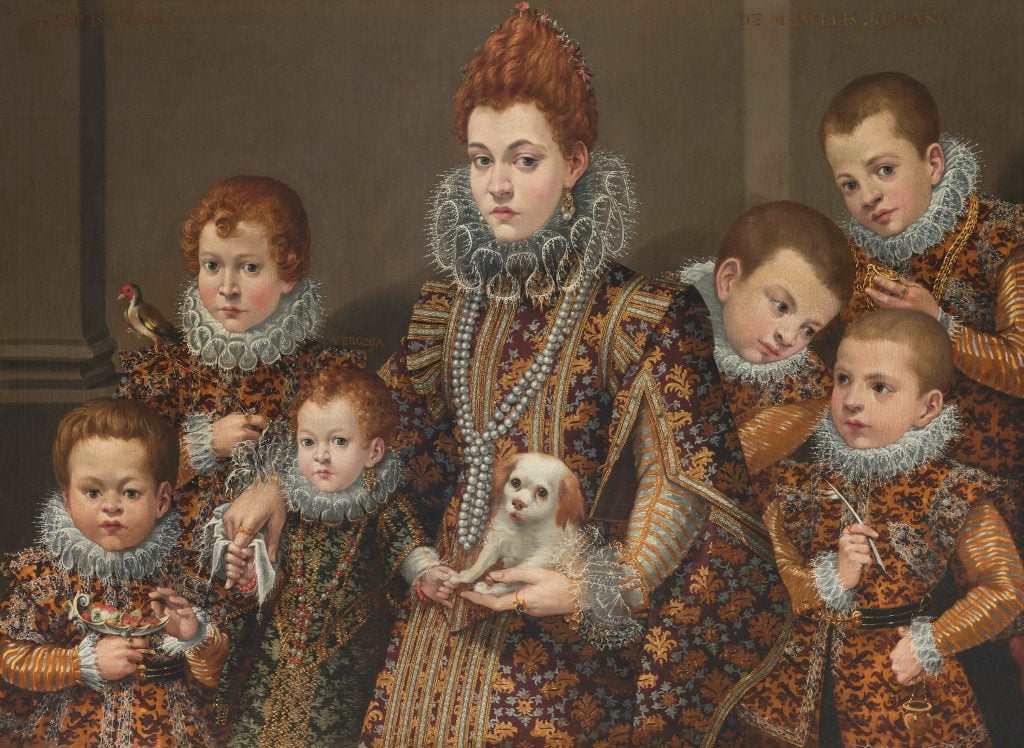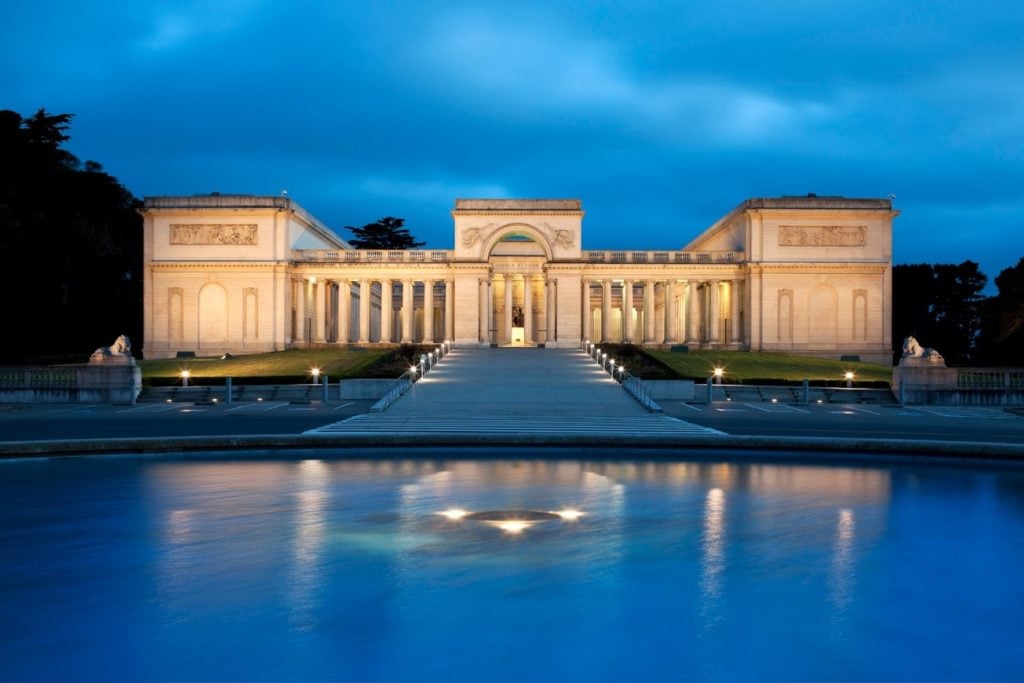Museums & Institutions
A Lavinia Fontana Portrait Enters a Museum Collection After 400 Years in Private Hands
The work is the first Fontana family portrait to be acquired by a West Coast institution.

A family portrait by pioneering Italian Mannerist painter Lavinia Fontana has finally landed in an American institution. The Fine Arts Museums of San Francisco (FAMSF) just announced it’s acquired Portrait of Bianca degli Utili Maselli and Her Children (c. 1604), created during Fontana’s enigmatic Rome period.
For the first time four centuries, the work will be on public view at Legion of Honor, according to FAMSF director and CEO Thomas P. Campbell. The work will hang “alongside masterpieces by El Greco, Titian, Moroni, and Bronzino,” he noted over email, and “significantly expand the narrative that visitors encounter in our Renaissance galleries.” The portrait is now the museum’s oldest work by a female artist, second only to Marie-Guillemine Benoist’s famed painting Psyche Bidding Her Family Farewell (1791).
The museum has sought to add exceptional paintings by women to their collection for some time now. “When you bring works of art attributed to women into a collection where the level of quality is already very high,” Emily Beeny, Legion of Honor’s chief curator, mused over the phone, “it’s important that those works be of commensurate quality so that you don’t invite invidious comparison.”

Legion of Honor in Lincoln Park. Photo: Steve Whittaker, ©FAMSF. Photo courtesy of the Fine Arts Museums of San Francisco.
London-based dealer Ben Elwes initially alerted Beeny that a small Fontana portrait of an individual sitter was available. She and her team were hoping for something more illustrious. “They knew of this other picture that was in a private collection that was not yet for sale,” Beeny recalled. She viewed the Maselli portrait, brought Campbell, and even sent the larger portrait back for their conservators in San Francisco to appraise. Impressed, they solicited donations from several patrons to finance the purchase. “We’re not an institution with large existing designated endowed funds for European paintings,” Beeny noted.
Fontana made Portrait of Bianca degli Utili Maselli and Her Children at the height of her prowess. She’d already established herself as the preferred portraitist of Bologna’s noblewomen, for both her naturalism and attention to finery. Fontana’s move to Rome aligned with grandiose religious commissions like The Virgin Appearing to Saint Hyacinth (1599–1600) and The Martyrdom of St. Stephen (c. 1607), a lauded masterpiece which survives only in copies. By the time she arrived in Rome, Fontana was a renowned talent, but little is known about her time there—though Beeny knows of someone writing a dissertation on it.
The portrait’s subject, Bianca degli Utili Maselli, was in her mid-30s when the work was painted; the wife of a nobleman, she is depicted surrounded by six of her children. She passed away at age 37 in 1605 while delivering her 19th child. Fontana, who gave birth to 11 children herself, presented the children on Maselli’s left as well-behaved, and those on her right as more impish. Each subject is impeccably dressed, and holding a treasure that speaks to their personality.
The only sitter identified with her own inscription upon the portrait is Maselli’s youngest daughter Verginia, who inherited the work upon her mother’s death. Verginia later married into the Marchetti family, who passed it down over four generations, which, as the museum noted, “helped protect the canvas and ensure its unusually fine condition.” A long line of women has ensured its legacy.





